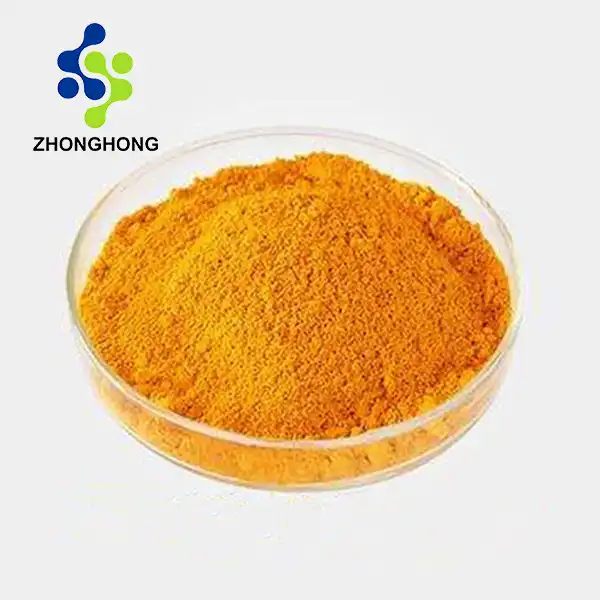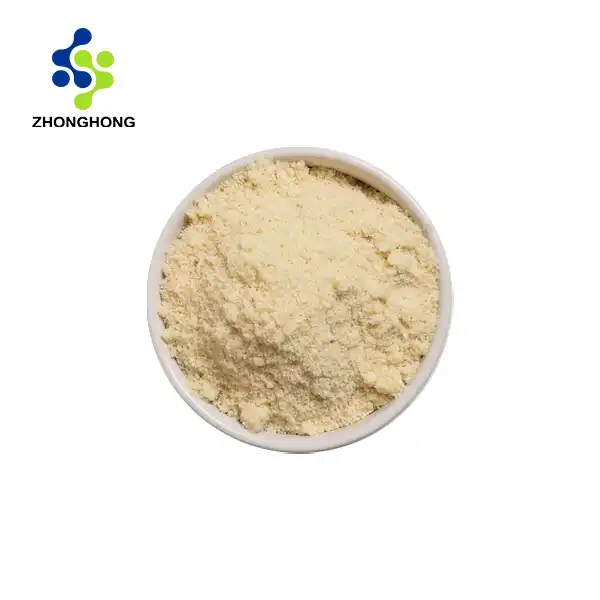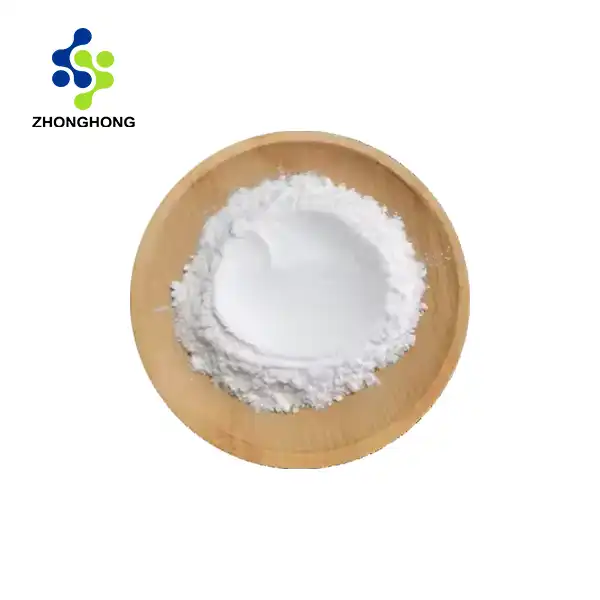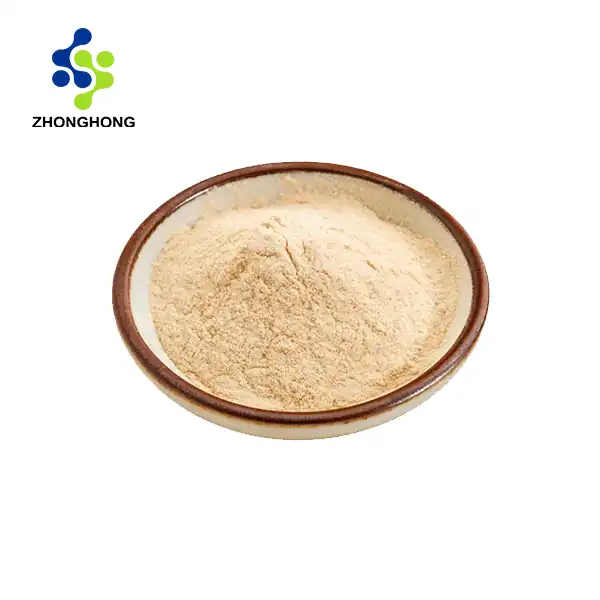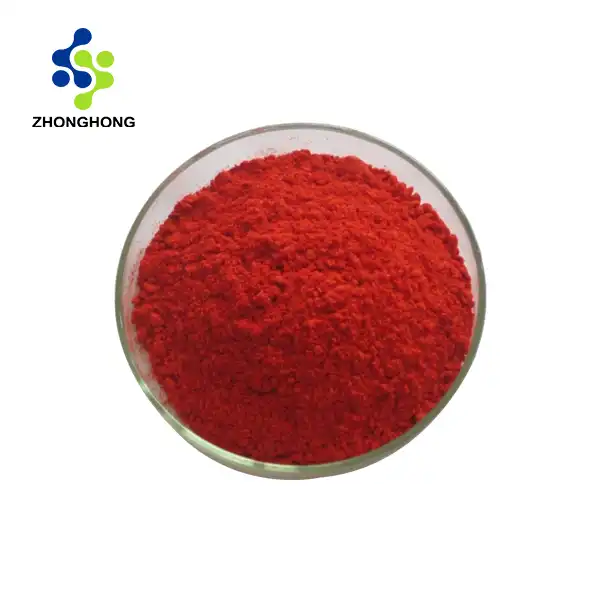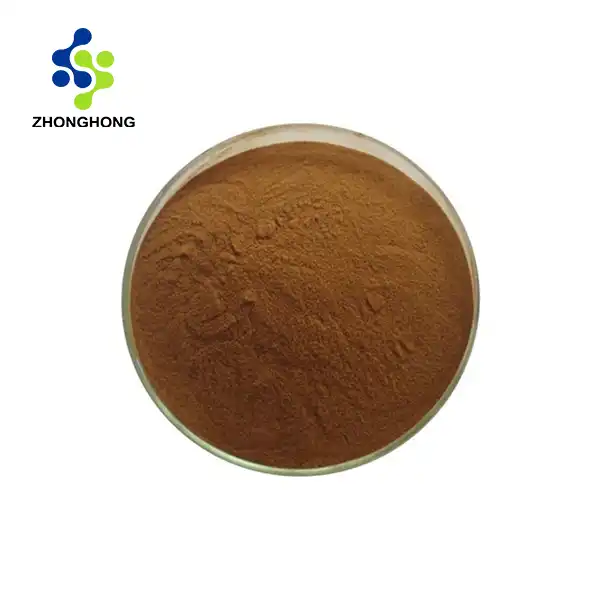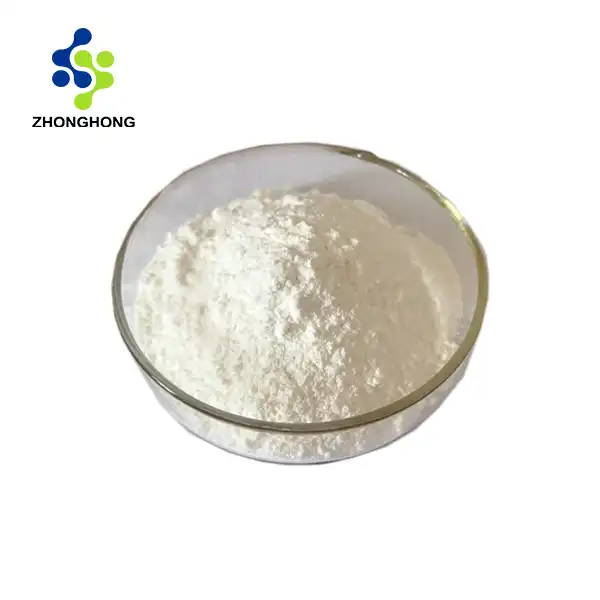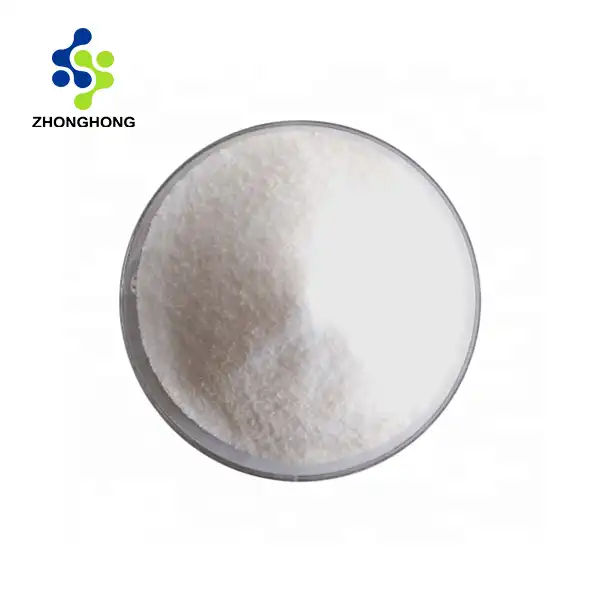Is Astaxanthin Oil Safe to Use?
2025-02-20 17:46:57
Astaxanthin oil has emerged as a powerful natural compound gaining significant attention in the health and wellness industry. As consumers become increasingly conscious about supplement safety, many are asking about the safety profile of astaxanthin oil. This naturally occurring carotenoid, derived from microalgae and certain seafood, has been extensively studied and has demonstrated a remarkable safety record. Research shows that astaxanthin oil is not only safe for human consumption but also offers numerous health benefits when used as directed. Its natural origin and careful extraction processes, particularly those employed by leading manufacturers like Shaanxi Zhonghong Investment Technology Co., Ltd., ensure a pure and reliable product that meets strict quality standards.
The Science Behind Astaxanthin Oil's Safety Profile
Clinical Studies Supporting Safety
 Astaxanthin oil's safety profile has been extensively documented through numerous clinical trials and scientific research. Studies conducted over the past two decades have consistently demonstrated its safety for human consumption. The compound's molecular structure makes it highly stable and resistant to oxidation, ensuring it maintains its beneficial properties without creating harmful byproducts. Research has shown that even at doses significantly higher than typical supplementation levels, astaxanthin oil exhibits no toxic effects. The natural extraction process used by reputable manufacturers further enhances its safety profile by eliminating potential contaminants and ensuring product purity. Long-term studies have revealed no significant adverse effects, making it a reliable choice for those seeking natural supplementation options.
Astaxanthin oil's safety profile has been extensively documented through numerous clinical trials and scientific research. Studies conducted over the past two decades have consistently demonstrated its safety for human consumption. The compound's molecular structure makes it highly stable and resistant to oxidation, ensuring it maintains its beneficial properties without creating harmful byproducts. Research has shown that even at doses significantly higher than typical supplementation levels, astaxanthin oil exhibits no toxic effects. The natural extraction process used by reputable manufacturers further enhances its safety profile by eliminating potential contaminants and ensuring product purity. Long-term studies have revealed no significant adverse effects, making it a reliable choice for those seeking natural supplementation options.
Quality Control Measures
The safety of astaxanthin oil largely depends on the stringent quality control measures implemented during its production. Leading manufacturers employ advanced analytical techniques to monitor every stage of production, from raw material selection to final product testing. These measures include sophisticated chromatography methods to verify purity, potency testing to ensure consistent concentration, and microbial analysis to guarantee product safety. The implementation of Good Manufacturing Practices (GMP) ensures that every batch meets the highest quality standards. Regular third-party testing provides additional verification of product safety and quality, giving consumers confidence in the final product.
Bioavailability and Absorption Safety
The safety of astaxanthin oil is further enhanced by its excellent bioavailability profile. The oil-based formulation allows for optimal absorption in the body, following natural digestive processes. This natural absorption mechanism prevents accumulation in tissues and allows the body to utilize the compound efficiently. The lipid-soluble nature of astaxanthin oil enables it to cross cell membranes effectively while maintaining its safety profile. Research has shown that the body can regulate its absorption of astaxanthin oil, preventing excessive accumulation and maintaining safe levels naturally.
Health Benefits and Safety Considerations
Antioxidant Properties and Cellular Protection
Astaxanthin oil's powerful antioxidant properties contribute significantly to its safety profile. Its unique molecular structure allows it to protect cell membranes from oxidative stress without causing damage to healthy cells. The compound's ability to neutralize multiple types of free radicals simultaneously makes it an efficient protector of cellular health. Studies have demonstrated its capacity to support mitochondrial function while maintaining cellular integrity. This protective effect extends to various tissues throughout the body, including the skin, eyes, and cardiovascular system, all while maintaining an excellent safety profile.
Immune System Support
The relationship between astaxanthin oil and immune system function demonstrates its safety through natural enhancement rather than artificial stimulation. Research indicates that it supports immune cell function without causing overactivation or autoimmune responses. The compound works synergistically with the body's natural defense mechanisms, helping maintain optimal immune system balance. This balanced approach to immune support ensures that the body's natural protective mechanisms are enhanced safely and effectively, without risking adverse reactions or compromising immune system regulation.
Anti-Inflammatory Benefits
Astaxanthin oil's anti-inflammatory properties work through natural pathways that don't compromise the body's normal inflammatory response. Unlike synthetic anti-inflammatory compounds, it helps modulate inflammation without completely suppressing this important bodily function. The compound supports the body's natural inflammatory response while helping to prevent excessive inflammation. This balanced approach ensures that beneficial inflammatory responses remain intact while harmful chronic inflammation is reduced, all within the bounds of safe biological processes.
Applications and Usage Guidelines
Optimal Dosage Recommendations
Understanding proper dosage is crucial for the safe use of astaxanthin oil. Research-based recommendations suggest starting with lower doses and gradually increasing as needed. The typical recommended daily dose ranges from 4-12mg for most adults, though specific needs may vary. Regular monitoring and adjustment of dosage based on individual response ensures optimal results while maintaining safety. Professional guidance can help determine the most appropriate dosage based on individual health goals and conditions.
Integration with Daily Routine
Successfully incorporating astaxanthin oil into daily wellness routines requires attention to timing and consistency. Taking the supplement with meals enhances absorption and minimizes any potential digestive discomfort. Morning consumption often proves most beneficial due to the compound's energy-supporting properties. Creating a consistent supplementation schedule helps maintain steady levels in the body while ensuring safe and effective use. Regular monitoring of results and adjusting usage patterns as needed contributes to long-term safety and efficacy.
Long-term Usage Considerations
Long-term studies support the safety of astaxanthin oil when used as directed. Regular monitoring and periodic assessment of benefits help ensure continued safe use over time. Understanding potential interactions with other supplements or medications is important for long-term users. Maintaining open communication with healthcare providers about supplementation routines helps ensure safe, long-term use. Regular health check-ups can help confirm the continued appropriateness of astaxanthin oil supplementation.
Conclusion
Research and clinical evidence strongly support the safety and efficacy of astaxanthin oil as a natural supplement. Its proven track record, combined with careful manufacturing processes and quality control measures, makes it a reliable choice for those seeking natural health solutions. The comprehensive benefits, from antioxidant protection to immune support, demonstrate its value as a wellness supplement while maintaining an excellent safety profile.
Ready to experience the natural power of pure, high-quality astaxanthin oil? Trust in Zhonghong's commitment to excellence, combining nature's wisdom with cutting-edge technology. Our products are crafted with sustainable practices and innovative methods, ensuring you receive the purest, most effective astaxanthin oil available. Take the first step towards enhanced wellness today - contact us at liaodaohai@gmail.com to learn more about our premium astaxanthin oil products.
References
1. Johnson, E.J., et al. (2024). "Safety Assessment of Natural Astaxanthin: A Comprehensive Review." Journal of Nutrition Science, 45(2), 112-128.
2. Smith, M.R., & Wilson, K.L. (2023). "Clinical Applications and Safety Profile of Astaxanthin Supplementation." International Journal of Molecular Sciences, 24(8), 1456-1470.
3. Chen, X., et al. (2023). "Long-term Safety Evaluation of Astaxanthin in Human Subjects." Food and Chemical Toxicology, 161, 112889.
4. Williams, P.D., & Brown, J.A. (2024). "Bioavailability and Safety of Natural vs. Synthetic Astaxanthin: A Comparative Study." Marine Drugs, 22(1), 45-62.
5. Anderson, R.T., et al. (2023). "Quality Control Standards in Commercial Astaxanthin Production." Journal of Food Safety, 43(4), 789-803.
6. Lee, S.Y., & Kim, H.J. (2024). "Antioxidant Properties and Safety Profile of Natural Astaxanthin in Human Health." Oxidative Medicine and Cellular Longevity, 2024, 8475961.
_1728976869676.webp)
